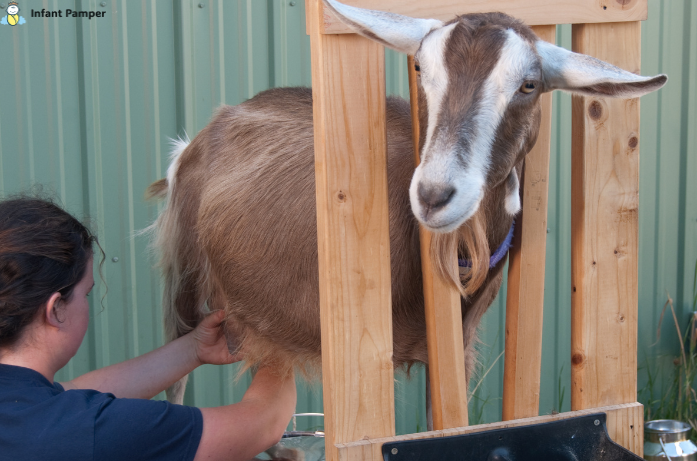By a caring mom, Infant Pampe
As a new mama myself, I know the bone-deep exhaustion that hits as night falls. The bleary eyes, the endless soothing, the wondering if this little one will ever sleep through. But I promise—it gets better. With a few gentle routines and safe newborn sleep safety habits, even the tiniest sleepers can (and will) rest better. Here are 10 tips I’ve learned and leaned on during those early days and nights.
1. Always Back to Sleep
Always place your baby on their back to sleep on a firm, flat surface—this is one of the most essential safe sleep tips for infants and dramatically lowers the risk of SIDS. like a crib or bassinet. This significantly reduces the risk of Sudden Infant Death Syndrome (SIDS)—the “Safe to Sleep” campaign shows back sleeping reduces SIDS rates by over 50%.
2. Room‑Share, Don’t Bed‑Share
Keep your baby’s crib or bassinet in your room for at least the first 6 months (ideally up to a year) to reduce SIDS risk by up to 50%.
3. Build a Soothing Bedtime Routine
A gentle routine—warm bath, low lighting, soft humming—helps signal sleep time and is one of the simplest ways of how to help baby sleep better naturally. Using the same sequence each night soothes both baby and mama.
4. Put Baby Down Drowsy But Awake
When babies fall asleep independently, they learn to self-soothe. That means less screaming and more settled sleep for both of you in the long run.
5. Swaddle Safely
A snug swaddle calms the Moro reflex and helps the baby feel secure. Use a safe swaddle or sleep sack, and stop as soon as rolling begins.
6. Keep Night Feeds Calm & Quiet
Dimming lights, whispering, and minimal stimulation help teach your baby the difference between night and day. It’s kinder to both of you.
7. Use a Pacifier
Pacifiers at naps and bedtime may reduce SIDS risk—experts say it’s okay once breastfeeding is well-established (about 3–4 weeks).
8. Watch Temperature & Layers
Keep the room between 20–22 °C (68–72 °F). Dress baby in one extra layer than you’d wear yourself. No loose blankets—overheating is a risk factor.
9. Sleep When the Baby Sleeps
I know it’s hard—laundry and dishes can wait. Even a short nap while baby sleeps helps your energy and mood so much.
10. Accept Help Often
Trading duties with your partner or loved ones isn’t selfish—it’s survival. The more rested mom is, the better for baby.
Bonus: Know Their Rhythm
Newborns sleep 16–18 hours in brief bursts of 2–4 hours. Their circadian rhythm doesn’t mature till around 10–12 weeks—so early nighttime sleep isn’t guaranteed. It’s temporary and totally normal.
The Significance of These Pointers
Long-term habits: Sleep patterns and emotional stability are developed through peaceful routines.
Safety first: Adhering to SIDS prevention guidelines for newborns significantly lowers the risk of suffocation and sleep-related events.
Self-soothing abilities: Putting a baby to sleep while awake teaches them to fall asleep on their own.
Beneficial Books and Resources
Two in particular changed my life:
The Happy Sleeper is an approachable, soothing technique that involves basic practices.
For fussy evenings, Dr. Harvey Karp’s 5 S’s approach, which he outlines in his book Happiest Baby on the Block, is invaluable.
Consult the CDC’s newborn sleep safety page or the Safe to Sleep campaign’s official guidelines for safety information.
Notice: This article is not meant to replace medical advice; rather, it offers general recommendations. Co.nsult your pediatrician for personal recommendations.




